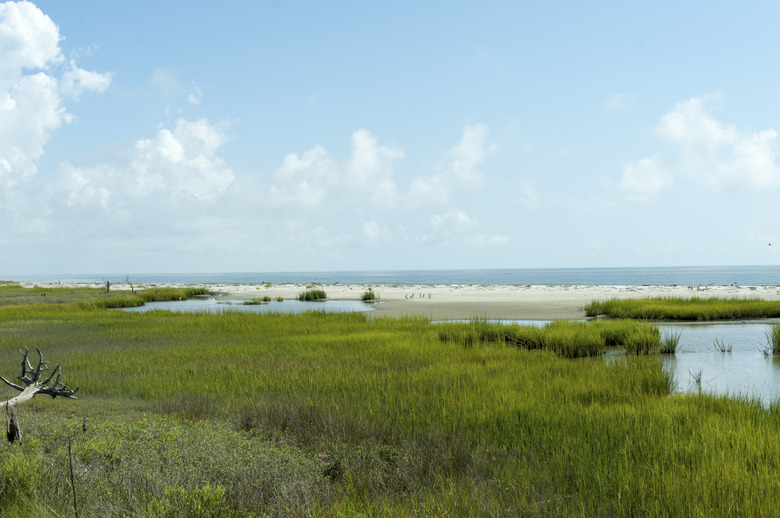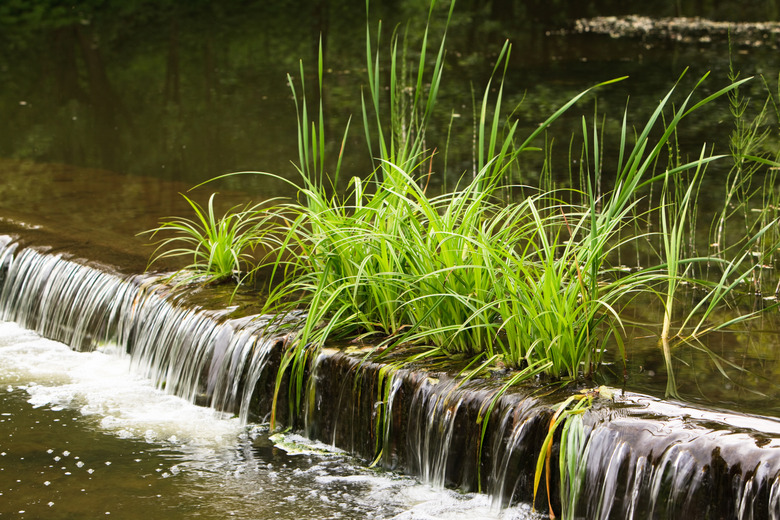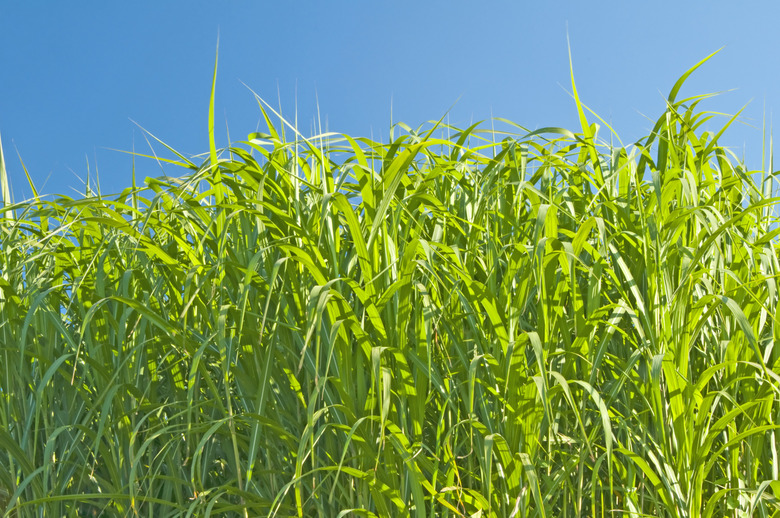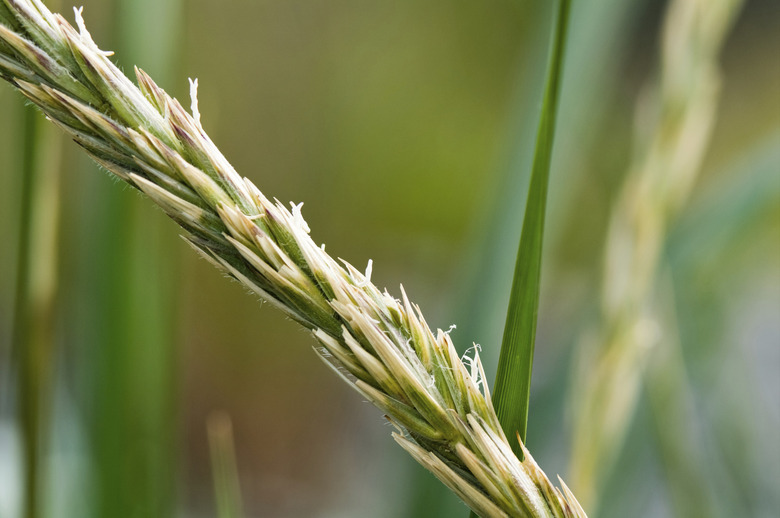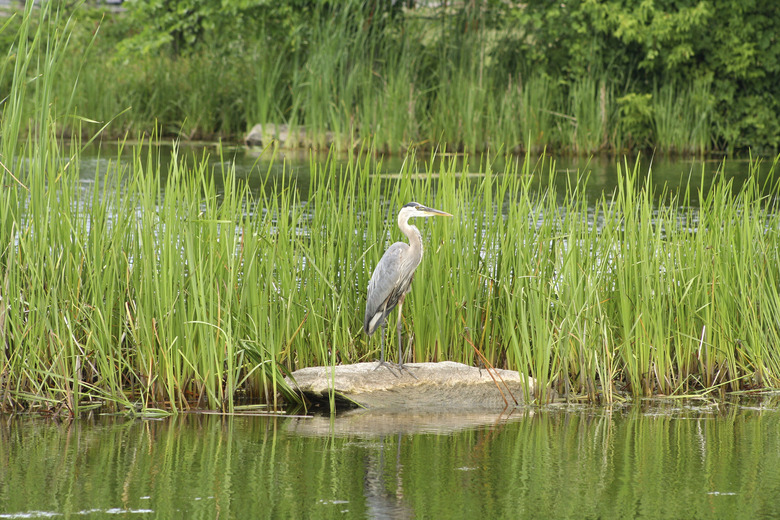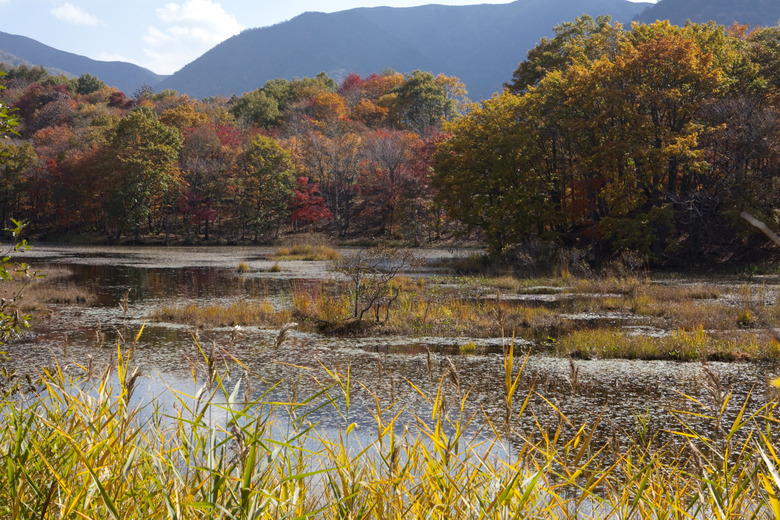Types Of Swamp Grass
Don't let the name scare you. Swamp grass can compliment a nice perennial garden. The grasses are associated with the Everglades and other swampy marshes, and but can come in many different varieties. Each type is a bit unique and is picky about the climate it thrives in, but all fall under the umbrella of the swamp grass species.
Sedge Grass
Sedge grass grows low and in clumps and loves the wet and marshy regions of a swamp. There are more than 2,000 distinct kinds of sedge grass around the world. All sedge grasses prefer the colder areas and are noted for their hollow and round flower stems. They are generally added to a garden for a bit of adornment. They tolerate a shady environment well and are very easy to keep up.
Panicum Grass
Also known as switch grass, panicum grows rather high and is noted for red and gold fall colors. The colors make it a popular garden attraction, but it's also a common choice of many animals to nibble upon, especially quail. These plants enjoy a lot of sunlight and a moist soil level, but can tolerate drier regions as well. They are most abundant in North and Central America in areas of prairies, marshes and woods.
Elymus Grass
Elymus grass, and more specifically bottlebrush grass, is characterized by its tiny branches and long leaves. These plants grow between 2 and 5 feet tall, with steams a foot long. During the summer, flowers bloom from different spikes along the branches. Elymus does best in rocky, drier areas and need only partial sunlight.
Blue Wildrye Grass
This is a type of bunchgrass that thrives in partially shaded areas. It is noted for the very tall stems that can grow to 5 feet tall. The stems are very waxy, and the leaves will curl up and turn brown during the summer months. At the end of the summer, the stems will become straw-like and their seeds will begin to fall.
Creeping Wildrye Grass
Creeping wildrye grass, or Leymus triticoides, is present in almost a matt-like covering of the ground. It only grows to 2 feet at the most. Creeping wildrye prefers to grow next to creeks in moist and wet soil. Its strong roots prevent it from being carried off by the water. It also holds up well against erosion.
References
Cite This Article
MLA
Diamond, Giselle. "Types Of Swamp Grass" sciencing.com, https://www.sciencing.com/types-swamp-grass-5635422/. 24 April 2017.
APA
Diamond, Giselle. (2017, April 24). Types Of Swamp Grass. sciencing.com. Retrieved from https://www.sciencing.com/types-swamp-grass-5635422/
Chicago
Diamond, Giselle. Types Of Swamp Grass last modified March 24, 2022. https://www.sciencing.com/types-swamp-grass-5635422/
